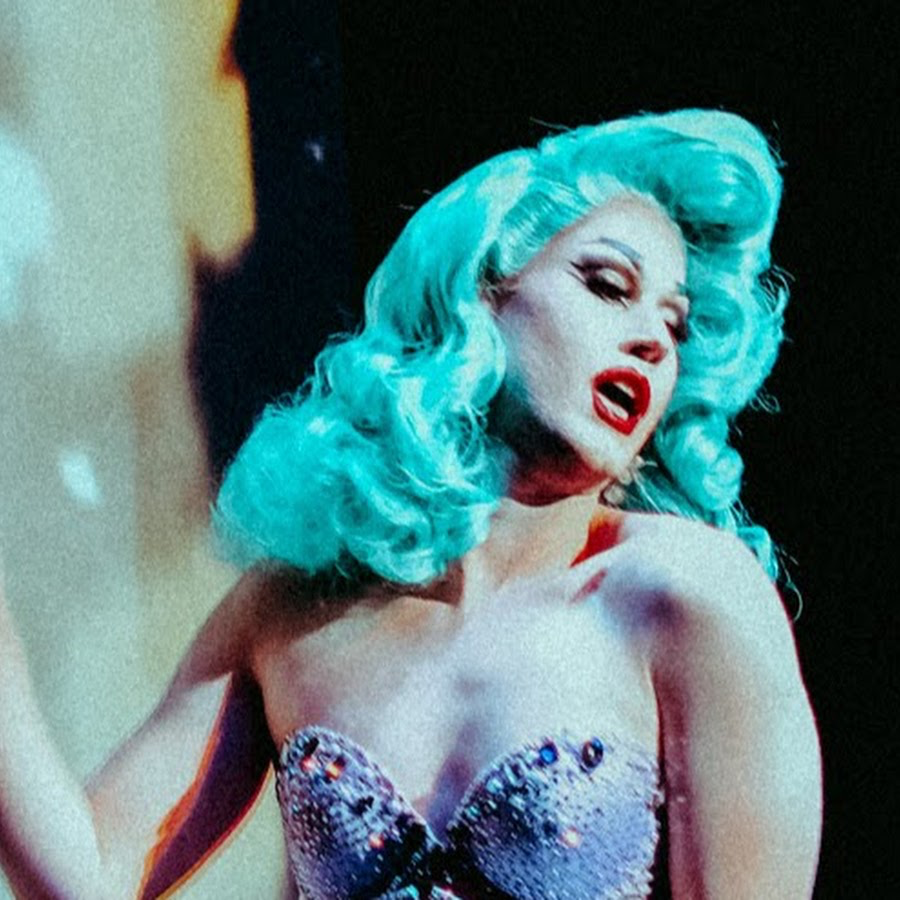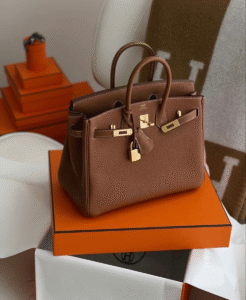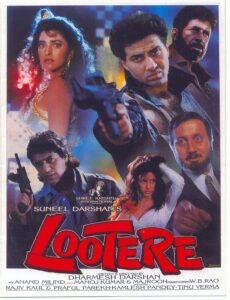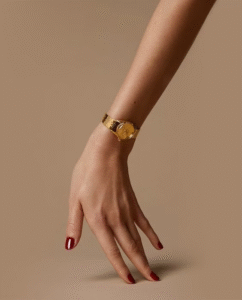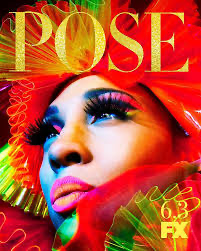
Drag queens have a notable history which includes performances in popular theatre , silent films, and underground drag balls, part of the vibrant LGBTQ subculture in the 19th and 20th centuries. They are show divas who use their creativity to attract their audience, which they have used to establish a level of openness and acceptance to the queer community. However, this was not an easy fit because the person who came before them had endured a lot of social stigma. After nearly two centuries, shows like HBO’s Pose created by Ryan Murphy, Brad Falchuk, and Steven Canals, and RuPaul’s Drag Race, the winner of 14 Emmy awards, have gone on to create multiple spin-off shows around the globe. This article delves into the history of drag culture and its intellectual property rights.
The Origins of Drag Culture
Who are Drag Queens?
According to the National Center for Transgender Equality, the term refers to “a type of entertainment where people dress up and perform, often in highly stylized ways.”
The origins of drag culture is one that is unique and differs between various geographic zones and time periods. In the late 16th to early 17th century in the United Kingdom, , during the rise of the illustrious Shakespearean theatre, men often played the female roles. due to its strong links to the church which prohibited women from performing on stage. As a result, male performers would disguise themselves as females in order to play these roles and was a common practice in Europe from the late 1800s to the mid 1900s. Drag is believed to have theatrical origins due to this practice.
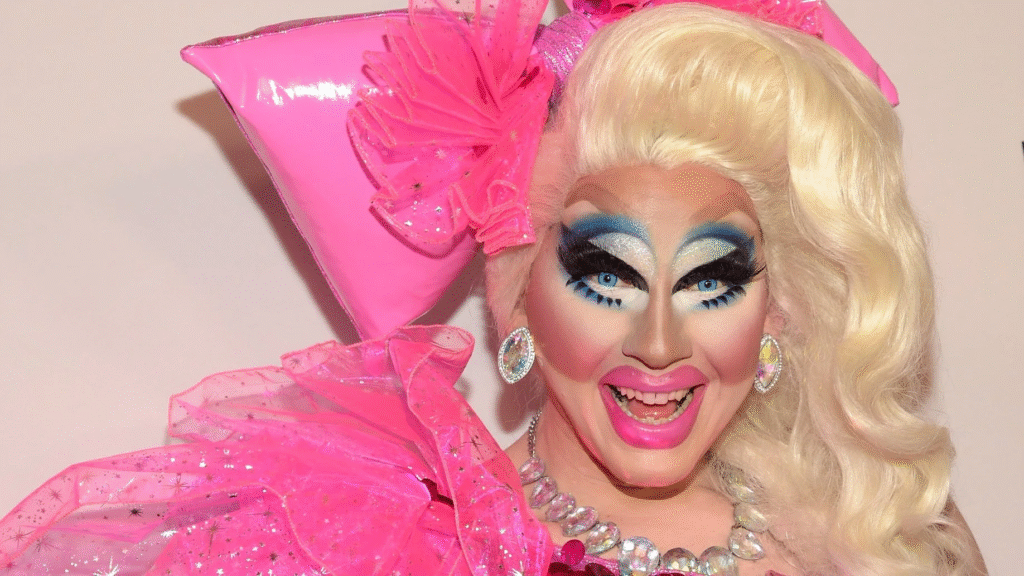
In the United States of America, the origins of culture is muddled because of the stigma attached to associating with such culture, however scholars and modern drag queens credits drag balls as the true origin of their art form and within the secretive history of drag ball are the first self acclaimed “Drag Queen” and “Harlem ball scene”.
William Dorsey Swann: The First Drag Queen
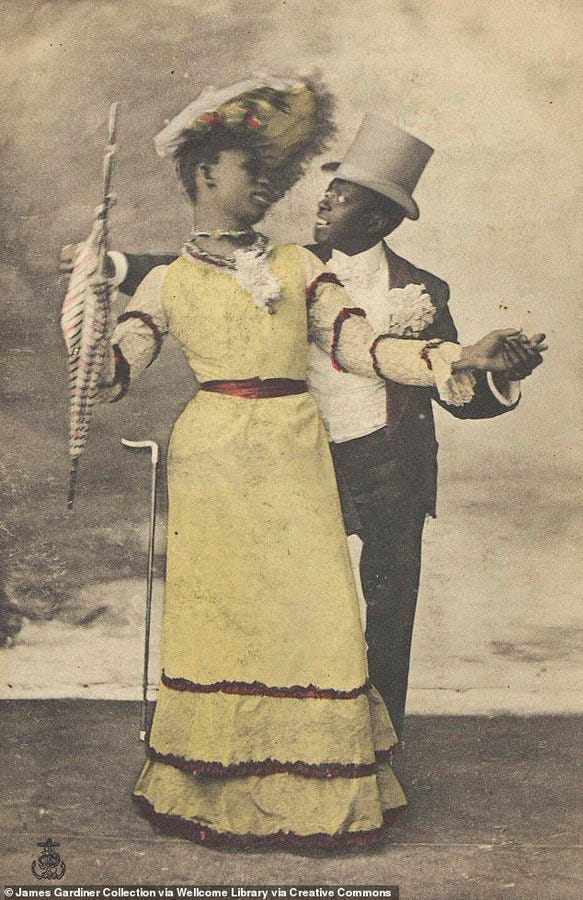
The remarkable story of William Dorsey Swam, a black man born into slavery in Hancock, Maryland, 1858, is significant to the queer community in the United States. Following the Emancipation Proclamation on January 1, 1863, he relocated to Washington DC, to work as a janitor. He began organising covert ball events known as drags (which may have sprung from masquerade dances known as grand rags). These events brought together formerly enslaved men, who were collectively referred to as the “House of Swan.” These balls were conducted in secret until 1882; nonetheless, the Washington Post published the first account of them in print on April 12, 1888, on what would have been Swan’s 30th birthday when the police raided and arrested him.
According to The Washington Post, Swan was “arrayed in a gorgeous dress of cream-coloured satin”. After police raided the birthday celebration, Swann was “bursting with rage”, as he stood up to one of the arresting officers and declared, “You is no gentleman”.
The Washington Critic reported in their issue, that during the raid of the party and subsequent arrests , 13 of the arrested persons stated that William Dorsey to be the “queen”. Inspired by the events of the newspaper article and the queens of freedom at the Washington’s Emancipation Day parades, Swan adopted the title as “Drag Queen” which continued to be used more than 100 years later. At this time, it became illegal and dangerous for drag queens to host balls as there specific laws in place prohibiting cross dressing. The newspapers articles took a step further by sensationalising their event which made it difficult to socialise as people avoided all of Swann’s associates,however this did not deter Swann and his friends as they continued to host their parties in secret despite the continued endurance of police bultarty, social scrutiny and ridicule.
Swann was taken into custody by the authorities in late 1895 for “keeping a disorderly house,” which was code for a brothel. The presiding judge, Judge Miller described the matter of finding several men, white and coloured, at Swan’s place, to be a ‘hell of iniquity,'”. Swann was the first person on record that pursed legal and political action to defend the LGBTQ community’s right. In 1896 he wrote to the President Grover Cleveland to demand a pardon after serving ten months, and the same was denied .While in his later life, Swan did not host any of such balls, the culture did not end but instead grew within the queer community in Washington and other parts of the country. Drag balls became more popular, with his brother Daniel J. Swann’s continued participation and contribution to the drag community by making costumes for the next 5 decades.
The Harlem Ball Scene and Its Influence
To some the birthplace of drag culture is New York, with its humble beginnings at Harlem’s Hamilton Lodge No 710 in 1869, where a masquerade charity gala was held at the lodge, both male and female dressed in clothes of the opposite sex. For the Queer community, Harlem presented their cultural expression since it provided an outlet for them in a time where such exhibitions were frowned upon by good society.
Around the 1920’s the gala was at its peak in conjunction with rave of the harlem renaissance. By the year 1936, it was the event of the season which garnered about 8,000 attendees with LGBTQ members as well as heterosexual artist, writers and generally curious individuals looking for a time out in the town. It was a space to showcase unique artistic works – from their flamboyant outfits, the makeup , dance routine, and even to slang that were often used such “werk”, “throwing shade”, “beating face” that has been since incorporated into modern pop culture. It was deemed to be a safe space for individuals who did not conform to the gender stereotypes that the society had prescribed, where judgments and social norms were left at the door An article published in an article on the 22nd February 1930 New York, described the event “Hamilton Lodge Ball to be is “A Scene Of Splendor” , for an event which was still very much illegal and good society found such acts as considered to be scandalous, immoral. Therefore, they were subjected to constant harassment by the authorities.
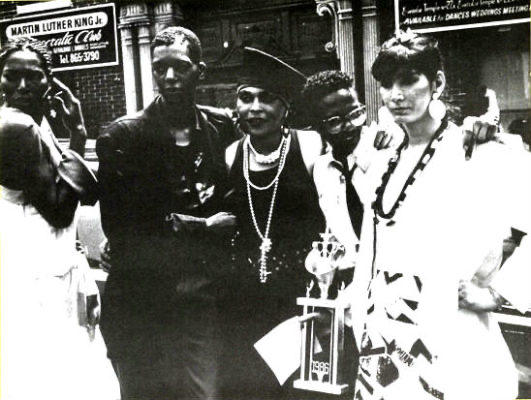
Drag Balls slowly turned into drag houses, formed for persons who identified with the LGBTQ+ community and were kicked out of their homes for being different. These drag houses mainly consisted of Black and Latina drag performers, however even white persons were welcomed. It provided them a home and family with the leader of the house- the House Mother who trained and encouraged their creative sides. The first of such houses was the House of LaBeija founded by Crystal LaBeija, who served as the Mother!
One can not discuss drag culture especially in Harlem without discussing the art of voguing since it was born in Harlem between the 1960’s and 80’s which was named after the well known fashion magazine. The art of voguing consisted of a form pageantry between various houses, this competition involved catwalk, striking poses, duck walk, dance routines and stunts. It was when Madonna met Jose Gutierez and Luis Camacho from the House of Xtravaganza in Harlem in 1990 that voguing made its way into the mainstream media. Inspired by the drag culture, she released the smash song “Vogue” the very year, featuring Jose and Luis as dancers in the video. The song’s debut sparked a lot of debates and conflicting opinions among the LGBT community, but it’s noteworthy since it made voguing more widely known by introducing it to mainstream media. Another noteworthy work that the LGBTQ+ community still values is Jennie Livingstone’s iconic 1991 documentary “Paris is Burning”. The popular documentary followed the most well-known drag ball dancers in New York, capturing the drag house cultures, drag pageantry while highlighting the difficulties encountered by the flamboyant, socially shunned dancers as members of the queer community.
The Art and Performance of Drag Queens
RuPaul Andre Charles the creator of RuPaul’s Drag Race popularly known as just “RuPaul” once stated that “I do not impersonate female, how many females do you know who wear 7 inch heels, 4 foot wigs and skintight dresses”, “I do not dress like a woman , I dress like a drag queen!” . This demonstrates that, contrary to what history has taught us, drag queen performers nowadays do not consider themselves to be impersonators. They distinguish themselves, nevertheless, from female impersonators and instead identify as creatives who invent new means of expressing their independence as their own true selves.
Drag queens have always been performers and artists passionate about art, pageantry and entertainment. They are heavily invested in their performance; a lot of work goes into preparation such as curating a character for the play- diva or a cruel stepmother, giving that character a moniker that is exclusive to them, scripting the jokes/ comedic skits, along with styling the necessary outfits and elaborate makeup. These can be easily categorised as creative works, since they have acting, singing, dancing and comedy all woven into their performance.
The Intersection of Drag Culture and Intellectual Property
For drag performers, creating a persona separate from their actual identity is the most important way to express their creativity. Though a lot of labour goes into crafting this new character that conveys the kind of message they want to delight their audience with, intellectual property seems inadequate to be able to fully safeguard this innovative concept.
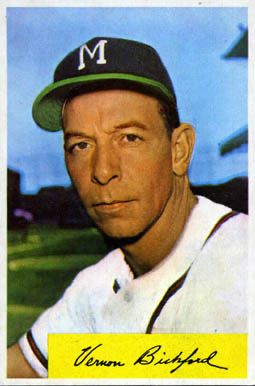
With respect to the protection of drag performers from infringement, they have the ability to defend this right by utilising the right of publicity in conjunction with their work through the “Right of Publicity.” The definition of the right of publicity is the ability to take legal action to prevent unapproved use of a celebrity’s name or likeness for commercial advantage. The phrase was first used in the 1953 case of Haelean Laboratories, Inc. V. Topps Chewing Gum, Inc. by Federal Appeals Court judge Jerome N. Frank. The United States of America has acknowledged this law in more than thirty states, and each state has its own interpretation of how this law is to be implemented. The most important aspect of this rule is that it protects drag performers in the sense that if their appearance, likeness, or entire character is utilised for profit without their consent, those who do so are violating their rights and may face legal repercussions. The goal of this right appears to be to safeguard an actor’s persona rather than the fictional character they would have established while working, despite the fact that at first look it would seem that the right of publicity would be the acceptable means of protecting the persona of a drag queen.
In case of McFarland v. Miller, (1994) the court noted that the test is whether the actor’s identity is “inextricably intertwined” with the character’s this means that any court to view that infringement has be done , it must pass the test that prove in the court of law that the actor fictional persona and actual persona of the actor are so seemly intertwined that the exploitation of the fictional character is also an exploitation of the actor.
The Groucho Marx Prods Inc. v. Day & Night Co. case has established a solid precedent for the right to publicity. The case’s revolves around the Marx brothers’ professional background which consisted of the Chico, Harpo, Groucho, Gummo and Zeppo brothers . Between 1905 and 1949, the American comedy show The Marx Brothers enjoyed great success. Although they began as an on-stage act and switched smoothly into the silver screen, they took time to create a beloved character following that helped them become a household name.
When the brothers decided to split up in 1950, the case of unauthorised use of the Marx Brothers likeness and stage personas, the plaintiffs Groucho Marx Productions Inc and Susan Marx (as trustee under Harpo Marx’s will) claimed that the defendants Day & Night company infringed upon their rights of publicity by producing the musical play “A Day in Hollywood/A Night in the Ukraine. After examining the characters the Marx Brothers created, the Southern District of New York determined in its ruling that their rise to fame resulted from their direct efforts to create entertaining and popularised characters, which was used as their primary source of income despite being distinct from their personalities. Despite this, the characters were still so connected to the actors that the public recognized them as their beloved stage persona, and the defendant’s intent to profit from the Marx Brothers’ commercial value was viewed as an explicit breach of their right to publicity. Therefore, in order to obtain the right to publicity, it must be proven that the real actor’s persona and their on-stage persona are so intricately entwined that, even though their personas are distinct from one another, they are connected because they directly contributed to the creation of the persona and are a significant source of income, which is the case for the majority of drag performers.
The traditional ways of IP protections don’t really seem to be working for Drag performers when it comes to protecting their IP.
Drag performers may seek trademark protection to defend their rights in terms of the names and slang they use on stage. However, in order to register a trademark, it must be either naturally distinctive—identifying the source of the good or service—or have “acquired distinctiveness.”
Drag queen Nina West inspired a street name in Columbus, Ohio: The Nina West Way. But Andrew Levitt—who performs as Nina West—doesn’t have a trademark to the drag persona thanks to an ongoing legal dispute brought by Nine West claiming that the moniker infringes on its fashion brand. Levitt declined to comment on the case and Nine West did not respond to a request for comment. For many queens, parody and imitation are an essential part of their drag performances and identities, which puts them at a disadvantage when it comes to the boundaries created by intellectual property rights. Even “parody” defenses can be challenging to raise in trademark proceedings.
With the growth of drag performers in recent times , and their awe worthy unconventional performances it seems that the conventional copyright law may not be sufficient to provide their artistic expressions the due protection. While drag performances may come under the ambit of “dramatic performances” under the copyright law however, since their performances rely on already copyrighted works (music) it leaves ample room for possible infringement suits which makes it difficult to protect their own creative expression/work.
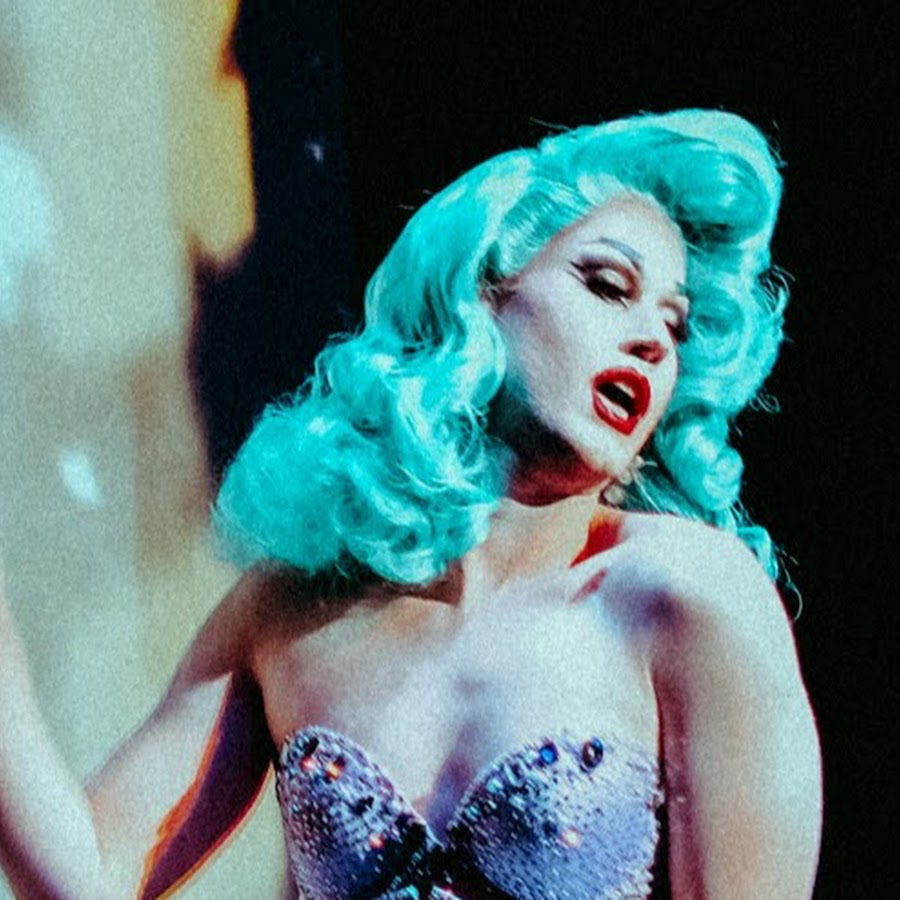
To protect their creative rights drag performers resort to the norms of fair use and making use of parody as a defense against infringement claims, but even these are only limited and do not provide complete protection.
When drag performers make use of music in their acts at a club the establishment’s music licenses already covers the act, however when the performance is taken to a separate venue, or perhaps televised things get a little more complicated. The performers would have to acquire the licenses to all the musical works that would be a part of their performance which can be a task, as well as expensive especially for locally home grown talents unlike the international brand acts when it comes to getting clearance from a well known artist or producer or record label.
In 2022, drag queen Betty O’ Hellno performed at halftime of an NBA game at Capital One Arena in Washington, D.C., however while the game was televised, the performances were not, since the rights for the music were too high.
In time there would be a shift that drag act would face in regards to copyrighted works, this is because the domain of conventional copyright regulations as technology allows individuals to film drag performance similar to stand up comedy with their jokes/skits into tangible forms to meet the requirement of copyright laws.
The success of the drag act in the last few decades has been nothing short of astronomical provided the prejudice the drag performers as a whole had, had to overcome both in the LGBTQ+ community and the society as a whole. However with successful projects like Ru Paul drag race and HBO’s pose along the individual success of drag queens, their creativity and personalities have made a huge impact on the entertainment landscape with mainstream media coverage and pop culture.
Therefore looking at it from a sociological lenses the art form of the drag queen is very much necessary and a great opportunity for representation of the queer community and calls for moderisation of the copyright law modernizes meet the requirements of the creators/performers.

